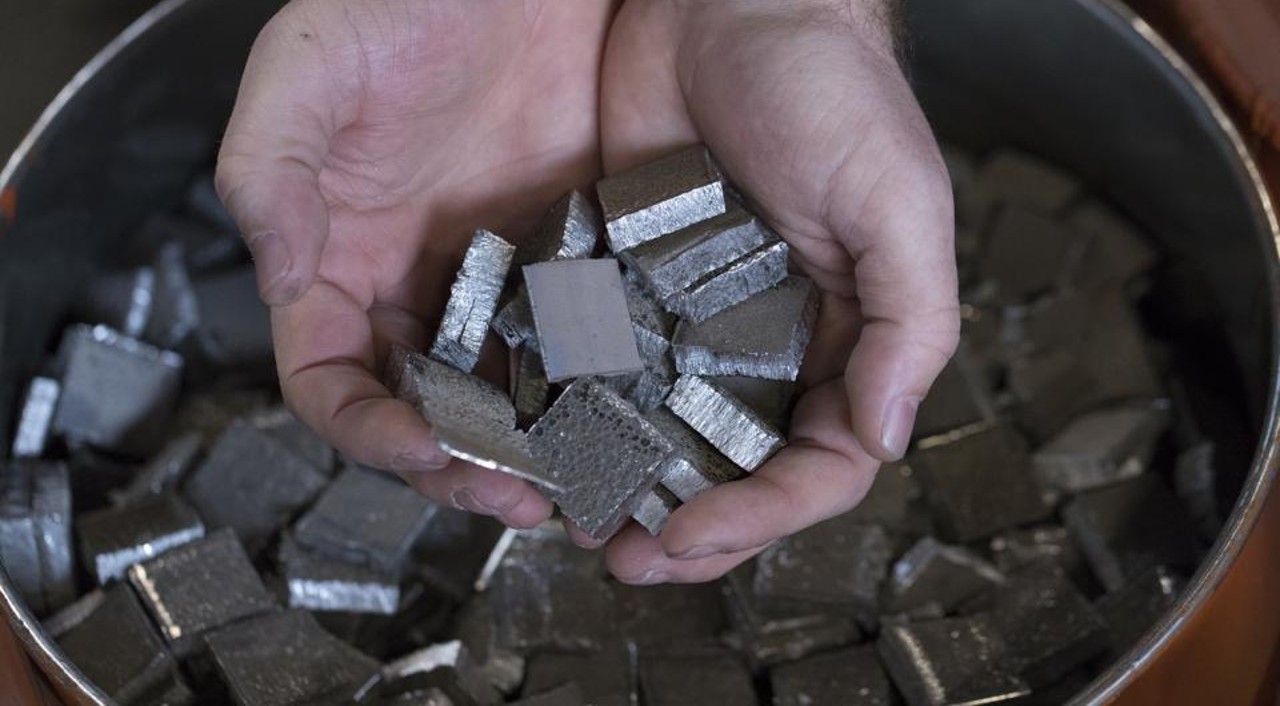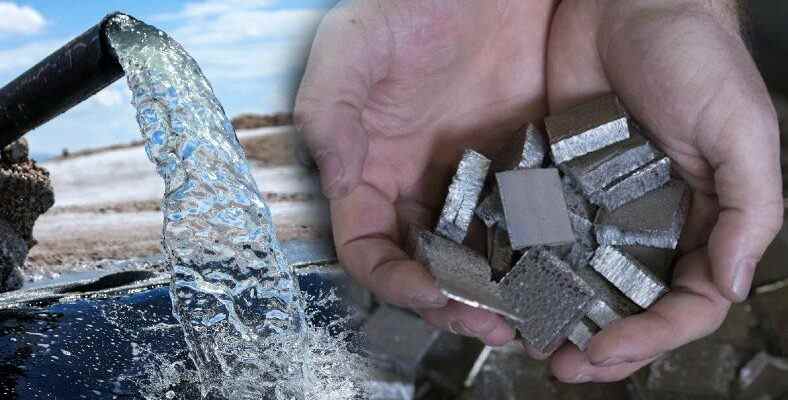A new method was developed to extract precious metals from water. Thanks to this method, it may be possible to obtain precious and rare metals such as lithium, which is used in many areas of technology, much faster and less costly than traditional methods.
Centuries ago, efforts to transform lead into gold laid the foundations of alchemy, and therefore chemistry. Although these studies of the alchemists did not result in success, there are less abundant sources in nature. the idea of acquiring valuable resourceshas reached the present day.
In this regard, it is reported that scientists from the Pacific Northwest Laboratory (PNNL) affiliated to the Ministry of Energy in the USA are collaborating with the industry to obtain precious metals from various water resources. from water sources lithium At this stage for the extraction of important metals such as magnetic nanoparticles It is stated that a method using it will be tested.
It may be possible to obtain lithium much faster and cheaper than water
Lithium is used in many applications, including lightweight lithium-ion batteries that power everything from cell phones to electric vehicles. an essential component in electronics and energy technology plays a role. This means that lithium is an ‘indispensable’ for many areas of modern life. While the global lithium market is estimated to reach $8.2 billion by 2028; Too little lithium production in the US is a big problem.
PNNL’s patent-pending technology not only potentially gives the United States the opportunity to manufacture more of its own lithium and other critical materials, but it also makes it much easier to do. faster and cheaper offers a way. Accordingly, PNNL reportedly developed magnetic nanoparticles surrounded by an adsorbent shell that focuses on lithium and other metals found in water associated with various industrial processes.
These resources may include water from geothermal power plants, known as geothermal brines, or water drawn from groundwater during oil or gas production; It is also stated that the particles can be used in waste from desalination plants and even directly in seawater.
Thanks to this technology, when small, iron-based particles are added to water, lithium is drawn from the water and binds to these particles. Afterwards, nanoparticles with the help of a magnet is collected so that the lithium, which is no longer suspended in the liquid, is ready for easy extraction. Moreover, after the lithium is extracted, the nanoparticles can be recharged because they can be reused.
A promising alternative to costly conventional lithium extraction methods

The technology is promising compared to traditional extraction methods, which is a costly process that pumps groundwater into large evaporating ponds. alternative offers. The fact that these processes take months or even years and often affect groundwater management in arid regions where they are deployed shows that the need for such technology is quite large.
PNNL is developing this technology in partnership with Moselle Technologies, which has licensed it and plans to pilot it in several locations. This effort and ongoing activities will help national laboratories to support laboratory research. into real-world solutions It also sets an example how it cooperates with commercial organizations on its behalf.
Although none of these efforts delivered the magic promised by alchemy, what a great contribution the ancient alchemists actually did to the science of chemistry. contribution shows it does. With PNNL’s unique approach, extracting key minerals quickly and cost-effectively will weigh on the world and science. much more valuable than gold it could be.
RELATED NEWS
